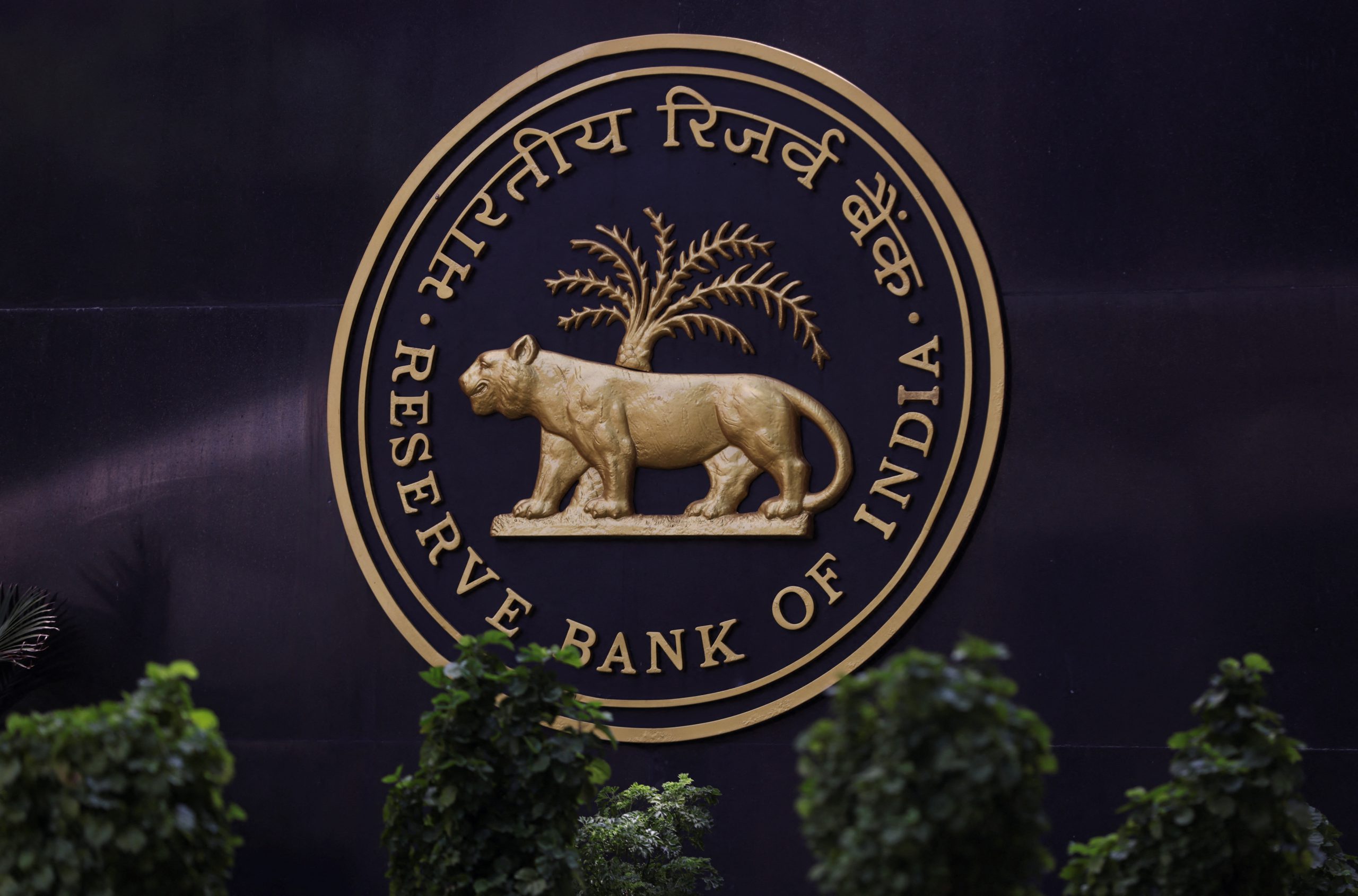How NRI money is boosting the Indian economy
Non-Resident Indians (NRIs) contribute to India’s soft power by improving its worldwide image and increasing its diplomatic clout. But they also wield hard power – the power of money. Inward remittances, or money sent back to friends and relatives in India, help to support the Indian economy by increasing foreign exchange reserves and ensuring macroeconomic stability. They also drive Indian consumption and investment.
According to RBI Governor Shaktikanta Das, India’s inbound gross remittances will reach an all-time high of $107.5 billion in calendar year 2022. Remittances have exceeded the World Bank’s forecast by $7.5 billion.
Along with other reasons, this has contributed to India’s foreign reserves returning to $600 billion after nearly a year. With the exchange rate stabilising and record remittance flows, forex reserves have again surpassed $600 billion. Reserves surpassed the $600 billion barrier for the first time in June 2021, reaching a high of $642 billion in September 2021 before falling below that level in May 2022 due to the rupee’s weakness as a result of the Ukraine invasion. Forex reserves fund imports, the most important of which is oil; assist the government in repaying its external debt; and strengthen India’s rupee.
Remittances provide a macroeconomic buffer
Remittances make for roughly 3% of India’s gross domestic product. They act as a cushion for India’s external sector, which has recently been stressed as a result of different global economic crises. Remittances give a much-needed cushion as India’s trade deficit grows. After service exports, it is the second largest source of external money. Recently, India’s foreign trade position has been more stable, with the merchandise trade deficit reducing, services exports increasing, and, of course, remittance growth exceeding expectations.
Das said yesterday that the country’s current account deficit (the value of imports of goods and services exceeding the value of exports as a percentage of GDP) had narrowed to 2.2% in Q4 from 3.7% in Q2 due to a lower merchandise trade deficit and robust growth in services exports. “Foreign exchange reserves have rebounded from $524.5 billion on October 21, 2022 to exceed $600 billion,” Das stated.
Remittances are not only one of the stable anchors for India’s current account; they also help the RBI preserve the rupee from excessive volatility by feeding India’s foreign reserves.
Why are remittances expected to rise?
According to a World Bank research, India received $89.4 billion in remittances in 2021, making it the top recipient internationally. The World Bank predicted that remittances to India will reach $100 billion in 2022, expanding at a rate of 12% over the previous year. The changing profile of NRIs and a structural shift in destinations are the reasons for the recent increase in remittances.
According to the World Bank research, the United States has eclipsed the United Arab Emirates as the biggest source country for India’s remittances in 2020-21, accounting for 23% of total remittances. Remittances have benefited from a gradual shift in the job profiles of Indian migrants, from low-skilled, informal work in Gulf Cooperation Council (GCC) countries to high-skilled work in high-income countries such as the United States, the United Kingdom, and those in East Asia (Singapore, Japan, Australia, and New Zealand).
According to an RBI poll, the share of remittances from the United States, the United Kingdom, and Singapore climbed from 26 percent to more than 36 percent between 2016-17 and 2020-21, while the share from the five GCC nations (Saudi Arabia, United Arab Emirates, Kuwait, Oman, and Qatar) decreased from 54 to 28 percent. This demonstrates that remittances from well-off NRIs outnumber those from lower-income NRIs.
NRIs, particularly in the United States, are gradually climbing the social ladder, which means they are sending more money home. According to the US Census, around 57 percent of the nearly 5 million Indians in the US in 2019 had been there for more than ten years. According to the World Bank research, many people received graduate degrees during this time period, preparing them to move quickly into the highest-income earner category.
The Indian diaspora in the United States is extremely competent. In 2019, 43 percent of Indian-born residents in the United States held a graduate degree, compared to 13 percent of US-born citizens. Only 15% of Indian-born residents aged 25 and older had a high school diploma or less, compared to 39% of US-born people in same age bracket. Meanwhile, 82 percent of all Indians in the United States (compared to 72 percent of Asians) and 77 percent of foreign-born Indians were English proficient.
Higher education leads to higher income levels, which has a direct impact on remittance flows. In 2019, Indians in the United States had a median household income of about $120,000, compared to around $70,000 for all Americans. The structural shift in credentials and destinations has increased growth in remittances connected to high-paying occupations, particularly in the service sector.
A growing demand among Indian students for studying in industrialised nations will only contribute to the trend of high social mobility among NRIs in the United States. Remittances are expected to increase as NRIs earn more, particularly in developed nations.
India’s pursuit of NRI funds
With current fintech tools like UPI links, which are faster and cheaper than traditional money transfer channels like SWIFT, India can attract more NRI money.
The recent UPI integration with PayNow in Singapore enabling faster and cheaper cross-border cash transfers via mobile apps is a move in that direction. The cost of international money transfers is nearly 5%, which the India-Singapore link may lower in half. This is projected to increase inward remittances to India. A cheaper and faster means to transfer money from abroad to India would undoubtedly be beneficial. If Singapore’s approach is successful, it can be duplicated in a huge number of other countries.



